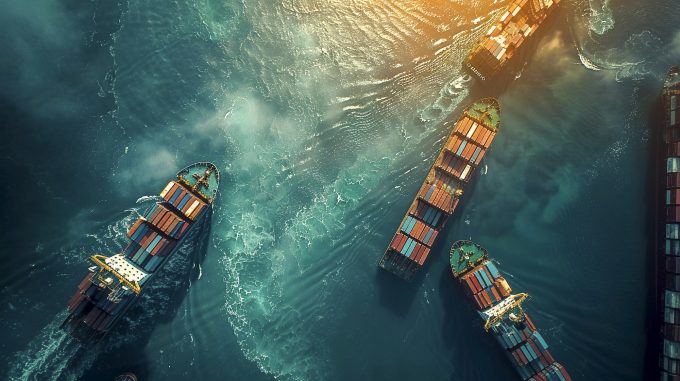Panama touts public-private solution for Hutchison ports company
Reading the tea leaves in Panama has always been difficult, but at his weekly press ...

2M Alliance members Maersk and MSC have reduced port calls in Europe on upcoming sailings to avoid congestion after ocean shipping demand from China to North Europe continued to break records in June.
The Danish shipping giant advised customers yesterday: “In light of the current supply ...

Comment on this article